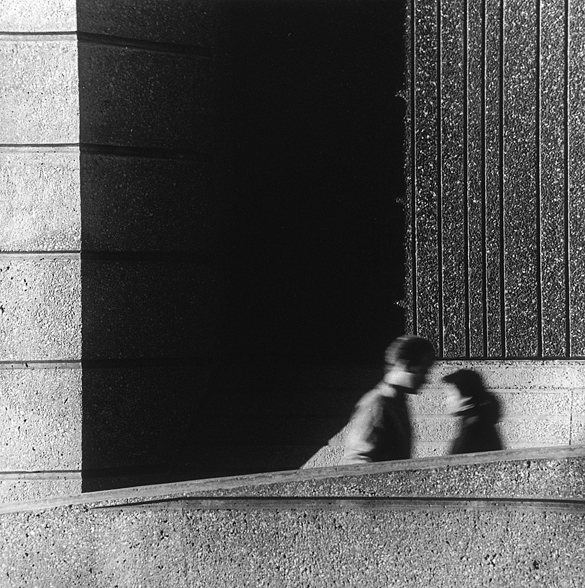Brutal
Ottawa architecture has been in the news lately. Most of it, of course, has been in the form of complaints. The Central Library, we are told, is an irredeemable horror; the NAC can only be saved by a $110 million ‘facelift’; scores stood and applauded as the Carling Building was imploded. All three of these buildings are (or were) in the inauspiciously named twentieth-century style ‘Brutalism’.
If you didn’t already hate the buildings, then the label ‘Brutalist’ should be enough to push you off the fence. It was therefore refreshing last week to read and hear a defender of Brutalism, both in The Centretown Buzz and on CBC Radio. Sarah Gelbard is a graduate of Carleton and co-director of yowLAB, an Ottawa-based group of architects, architectural interns and graduates, artists and designers. Brutalist architecture, she argues in Buzz, is “a significant chapter in our history, but one that is in danger of being erased”.
I’ll admit that, at its worst, Brutalism can be oppressive, authoritarian, heavy-handed, and almost comically oblivious to how the human body interacts with architecture. But then any style, at its worst, is terrible. At their best, Brutalist buildings are powerful expressions of mass, surface, space and geometry. My first personal experience with Brutalist architecture was during my undergrad years at the University of Toronto. Fort Book, less colloquially known as Robarts Library, was the building that everyone on campus loved to hate.

Perversely, I loved Robarts. It was awe-inspiring, dynamic, and forceful. It left me in no doubt that what it contained was great and important. Moreover, where so many Modernist buildings in Toronto appeared to me to have been simply calculated on a piece of graph paper, this one was so clearly designed.
I’m not among those who believe the NAC needs the huge ‘facelift’ it’s about to get (‘lobotomy’ might be a better word here). I think it makes a strong, coherent architectural statement as it is – and it works rather well as a performance venue. And although I’m less enamoured of the central Library (truth be told, I’m not sure Brutalism can ever sit comfortably on a cramped urban corner), I don’t think it should be demolished.
I am, at heart, an incurable Ruskinian in many respects. In his “Lamp of Life” (from The Seven Lamps of Architecture), Ruskin says that buildings “depend, for their dignity and pleasurableness… upon the vivid expression of the intellectual life which has been concerned in their production.” Love it or hate it, Brutalism certainly embodies that vivid sense of life.